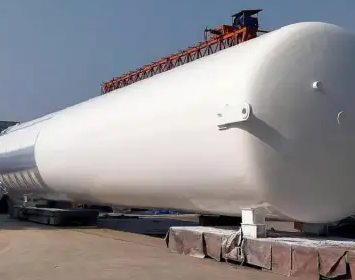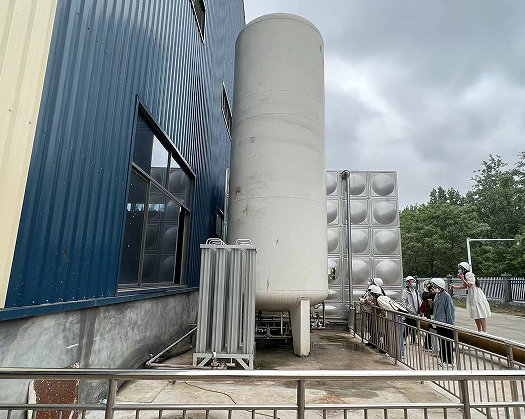Thermal insulation materials for liquid nitrogen storage tanks
The thermal insulation design of liquid nitrogen storage tanks is a key factor in ensuring efficient and economical operation of liquid nitrogen storage tanks. Excellent thermal insulation properties can minimize the evaporation and loss of liquid nitrogen.
The thermal insulation design of liquid nitrogen storage tanks is a key factor in ensuring efficient and economical operation of liquid nitrogen storage tanks. Excellent thermal insulation properties can minimize the evaporation and loss of liquid nitrogen.
Vacuum insulation layer: Vacuum insulation is one of the commonly used insulation methods for liquid nitrogen storage tanks. It isolates heat conduction and convection by creating a high vacuum environment between the inner and outer walls of the tank. Vacuum insulation can significantly reduce heat transfer.
Foam insulation: Materials such as polyurethane foam or polystyrene foam are also used to insulate liquid nitrogen storage tanks. Foam insulation has good thermal insulation properties, but its thermal insulation effect is slightly worse than vacuum insulation.
Multi-Layer Insulation: This method involves applying multiple thin layers of insulation to the outside of the tank and creating a layer of air between each layer to reduce heat transfer. Multiple layers of insulation effectively block heat and slow down heat flow.























